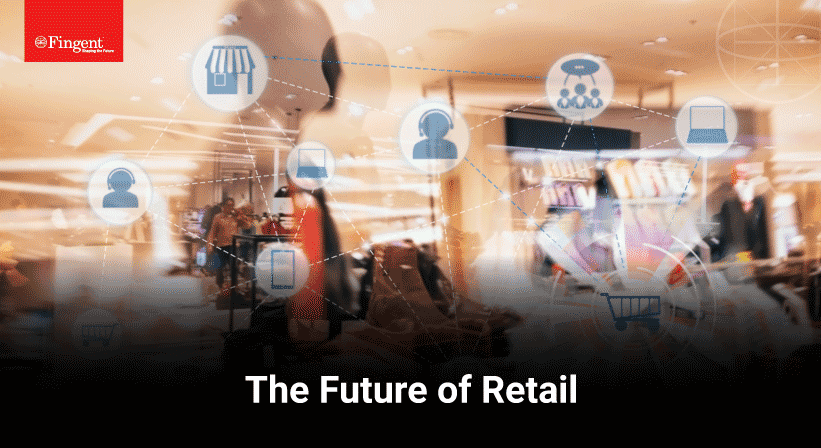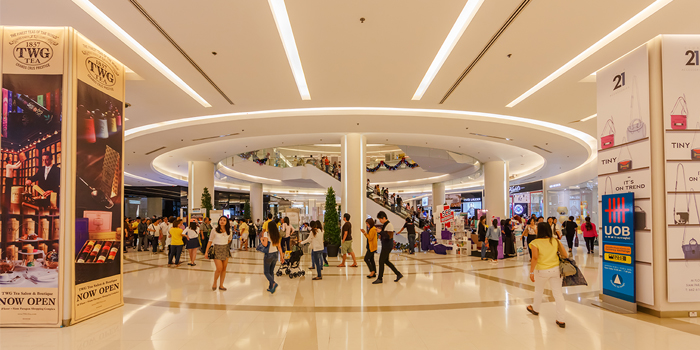Retail digital marketing: Pointers for the future
When customers get more and more digitally advanced, what else can retailers do, but go over the top to get savvier and stay ahead in the race towards serving them better? Most retailers these days are struggling to maintain their faces with new technologies and marketing programs in the digital side of things. If you thought, a little bit of social media marketing would do the trick, then you might be wrong. True, social media does play a huge role in spicing up your digital marketing spree, but is that enough?
The answer to that, would perhaps, have been ‘yes’, maybe a few years ago. But with advancements in technology as well as the minds of the people today, who seem to be in an endless search for convenience and speed, the answer is definitely ‘no’. So, what exactly is the deal with this digital marketing and the people-the consumers, and what does it take to stay in the ‘present’?
Consumers have started to expect more from their vendors and retailers are bound to live up to this expectation. Let’s see, for example, how digital marketing has changed in retail to stay relevant and eye-candy for its customers:
‘Personalizing’ at its peak
One of the most effective and influential techniques of digital marketing is personalizing. And by that, I don’t just mean sending out personal emails to your customers, or adding their first names in the emails you send out. The in-thing now, is of course iBeacons; the latest Bluetooth LE technology used in malls and retail stores to send out personalized offers and messages in real-time. But that is when your customers are in your store. What can you do to get personal outside of your store?
The depth of the word ‘personalizing’ is starting to take new forms these days. And one of those forms is facial recognition technology. According to a recent report published by Transparency Market Research, the global facial recognition market is expected to reach almost US $2.67 billion by 2022. That is how big it is getting. Retailers can use this technology to gather information about customers, their buying habits, purchasing power etc. and then use that for marketing purposes like, presenting them with special and unique offers and deals.
Facebook, the social media channel, has been using this technology for the past few years for the purpose of identifying and categorizing pictures, and this data is being shared among other retail and social media sites, which enables them to target ads to users. Facebook also uses information from other retail sites by scanning their cookies and displays ads to users accordingly.
However, privacy concerns regarding this technology are still being discussed and how much acceptable it is going to get among the consumers, still remains unclear.
From wearable to digital assistants
This is for companies that use mobile marketing for leveraging their marketing programs. You need to really keep up with the latest advancements in mobile technology if you want to make your marketing effective. A “mobile-first strategy” is what a lot of retail brands adopt these days. This is according to Aaron Shapiro, CEO of New York based digital agency Huge. Shapiro feels that voice-activated technology, digital assistants and wearable technology are all set to change the way customers interact with their favorite brands, especially now that most of them use mobile devices rather than desktop computers and laptops. About voice-activated marketing Shapiro says, “ In cases where the screens are going to be tiny or non-existent, voice is going to be the way that we communicate.” It means brands will have to come up with ways for their customers to communicate with them in a voice context.
Shapiro also feels that mobile technology is definitely going to evolve into wearable as well.
Display advertising: Metrics better than click-through-rate
Click-through-rates are actually, most often, thought of as the best measure of display advertisements’ effectiveness. However, there are several limitations to this particular approach. It ignores factors like brand awareness and educating prospects. According to Sean Callahan, Marketing Director, Bizo, there are several other metrics that marketers can use to measure the effectiveness of their display ads. Some of them are:
Brand recall – where in, you can carry out an online brand study to see the differences in the awareness of your brand among the people who have seen your ads and among the ones who haven’t.
Branded search – where in, you can measure the lift in the number of searches for your brand, while your online ad campaign is running.
Likewise, there are a number of other such metrics that you can use to measure the performance of your ad campaigns.
All of these digital marketing techniques and tips are already being used by a number of retailers and are well on their way towards revolutionizing the retail industry as a whole. In a matter of few years, what we provide for our customers now, will probably seem outdated or maybe even absolutely ineffective. Like i said, if you have to stay in the game till the end, you have got to play it like it has to be played.
Stay up to date on what's new

Recommended Posts

17 Mar 2023 Retail B2B
The Future of Retail: Key Technologies for Success
Over the years, digital evolution has transformed the way we shop! The lockdowns and store closures due to the unprecedented events of 2020 has moreover accelerated this evolution and mainstreamed……

29 Nov 2018 Retail
5 Ways to Enrich Customer Experience at Your Retail Store
Mobile devices with constant connectivity, contextual access to information and products have changed consumer behavior in the past few years. In several recent surveys, it was found that an……

14 Jun 2016 Retail
Predictive Analytics: The Key to Effective Marketing and Personalization
Gone are the days when marketing in retail, meant hours of trial-and-error based planning and strategizing. Marketing is no longer reliant on the marketer’s gut feelings or intuitions. It is……

21 Oct 2015 Retail
The Four Disruptive Forces in Retail
Flexibility, convenience, pleasure and less uncertainty. These are some of the factors that affect the shopping habits of consumers. According to a report by PwC, it is pretty evident that……
Featured Blogs
Stay up to date on
what's new




















































